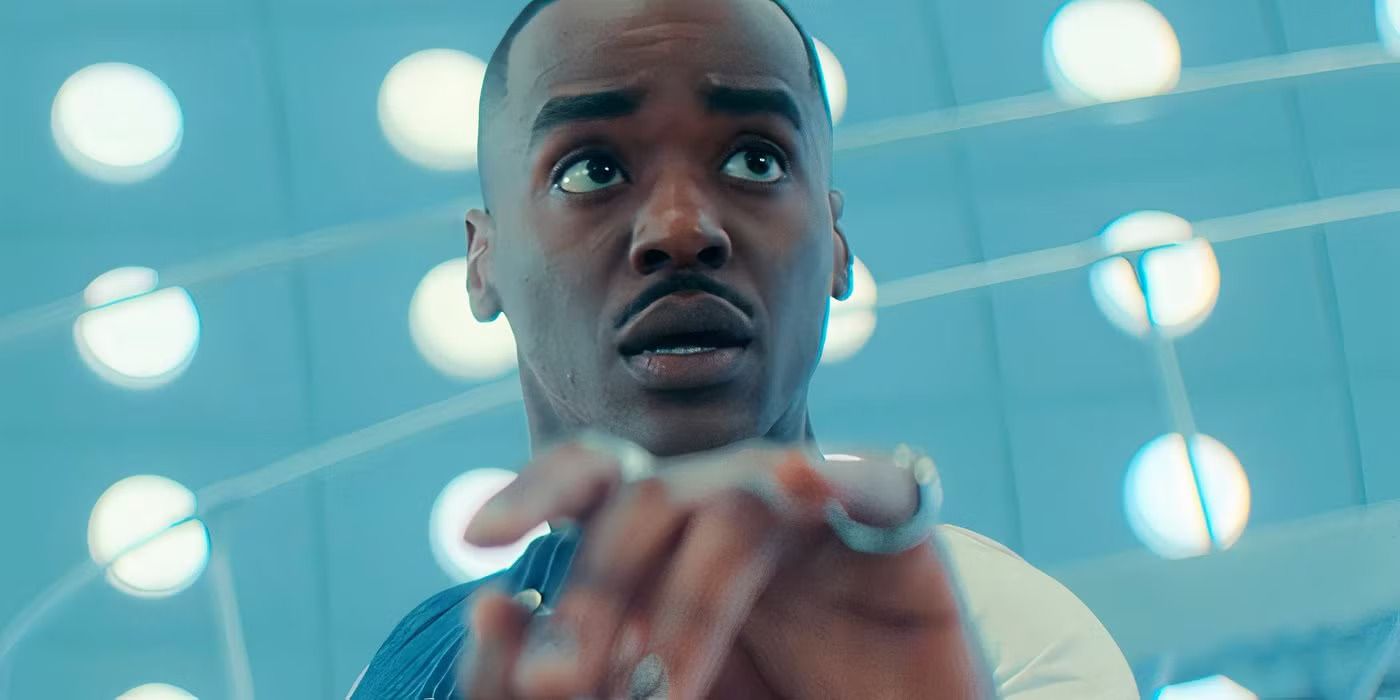
Ncuti Gatwa’s second stint as The Doctor in has taken off like a rocket. His latest episodes have left viewers of all ages spellbound, with “Lux” being particularly well-received by both audiences and critics. “Lux” is essentially a heartfelt tribute to animation, where the Fifteenth Doctor and Belinda find themselves in 1950s Miami. It transpires that the seemingly harmless cartoon character, Mr. Ring-A-Ding, exists beyond the cinema screen. However, Mr. Ring-A-Ding proves to be far from innocent, as he is revealed to be the God of Light. In turn, he captures The Doctor and Belinda in an animated realm.
It might be surprising for some to know that although Doctor Who isn’t generally associated with animation, it does have an interesting history in this medium. From special webcasts to animated movies and even recreating missing episodes through animation, the show has dabbled in animation before. Similarly, Lux isn’t the first time a deity has been featured on the series, as the Celestial Toymaker was introduced in 1966 to experiment with the concept of toys and games coming to life. Likewise, Lux continues this tradition of incorporating gods into the sci-fi series, offering viewers an unusual storyline, and its use of animation reflects Doctor Who’s covert animated past.
Doctor Who’s Unique Animated Adventures Are Fun Outings
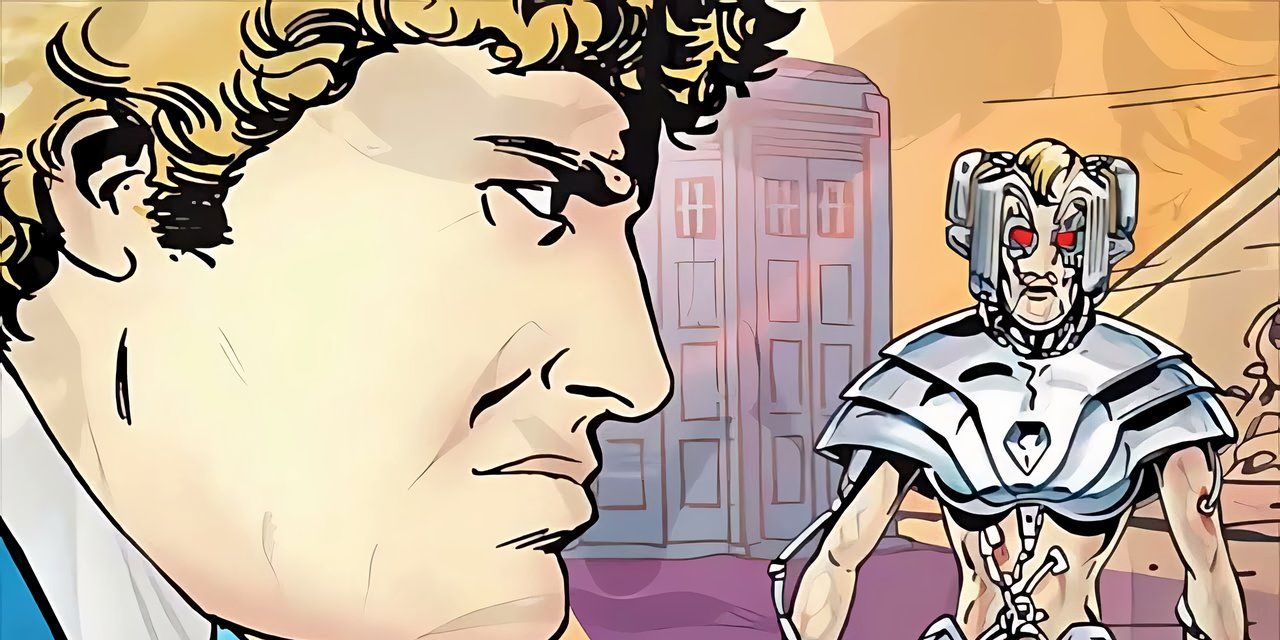
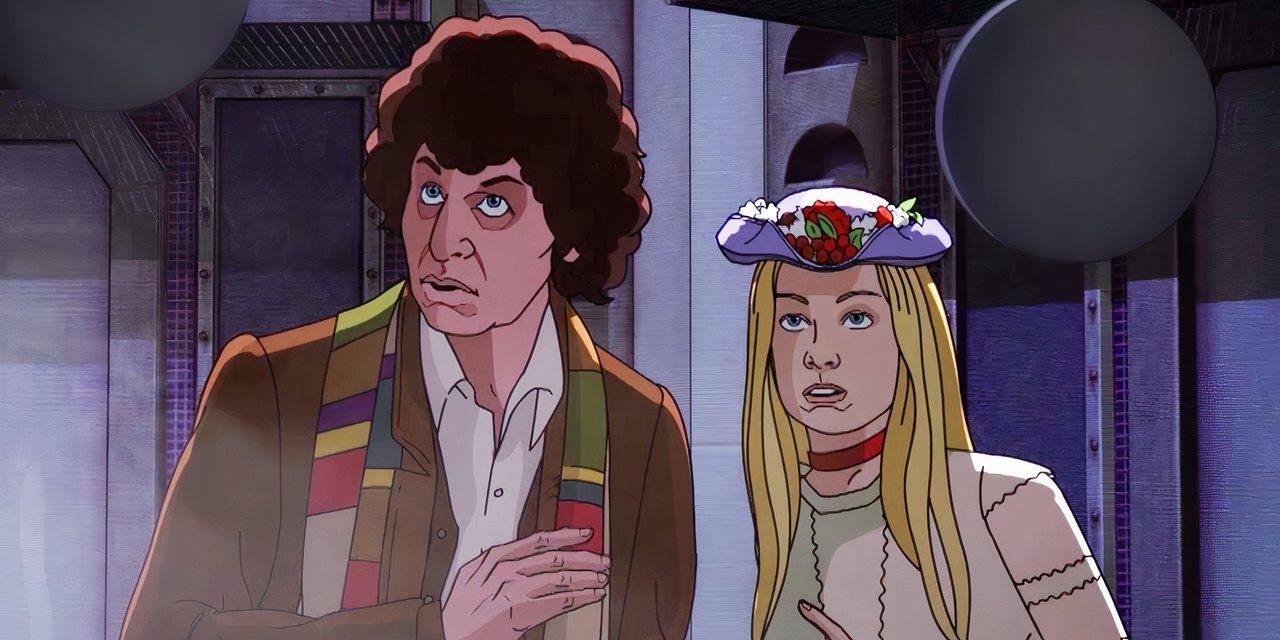
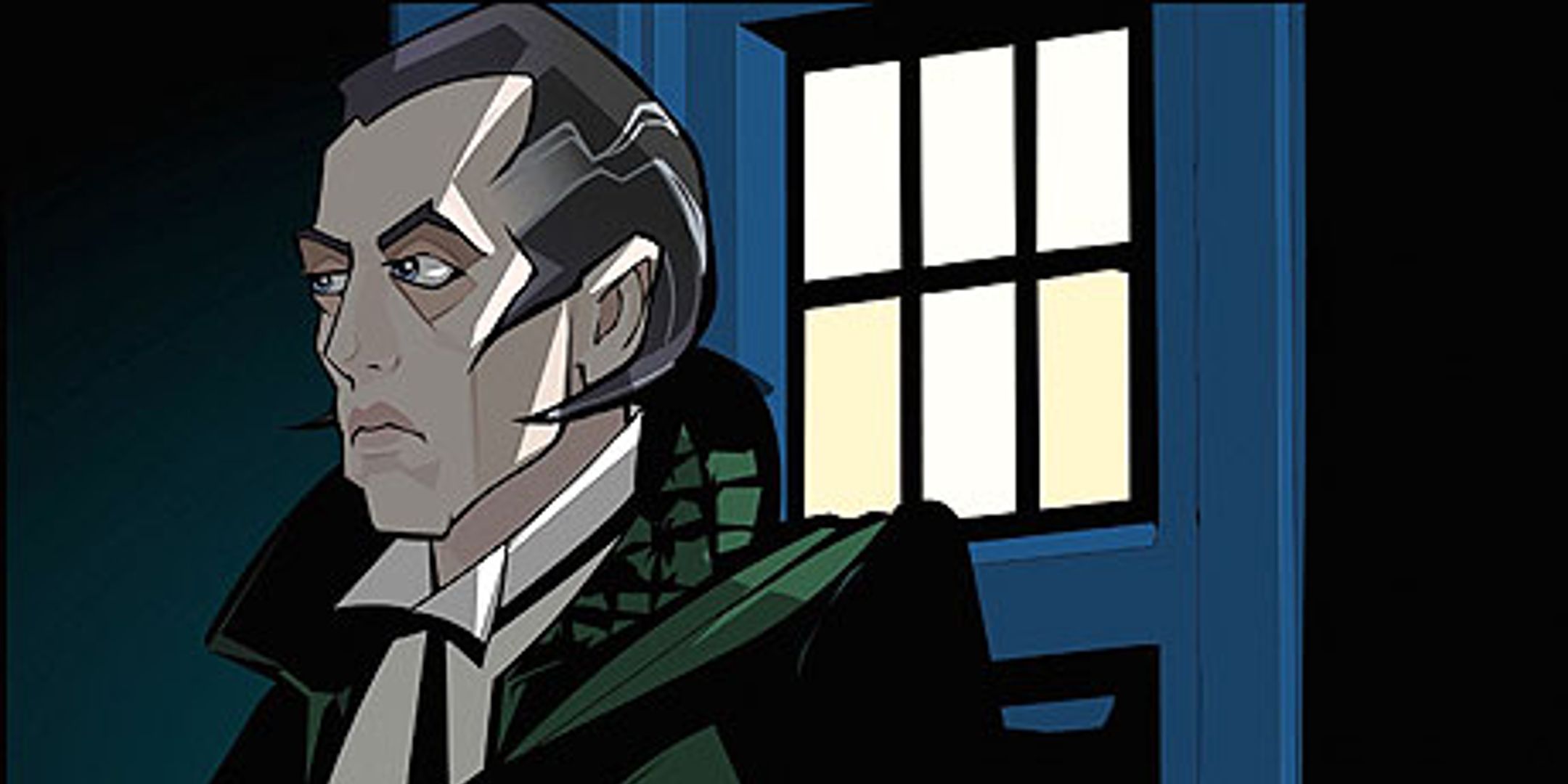
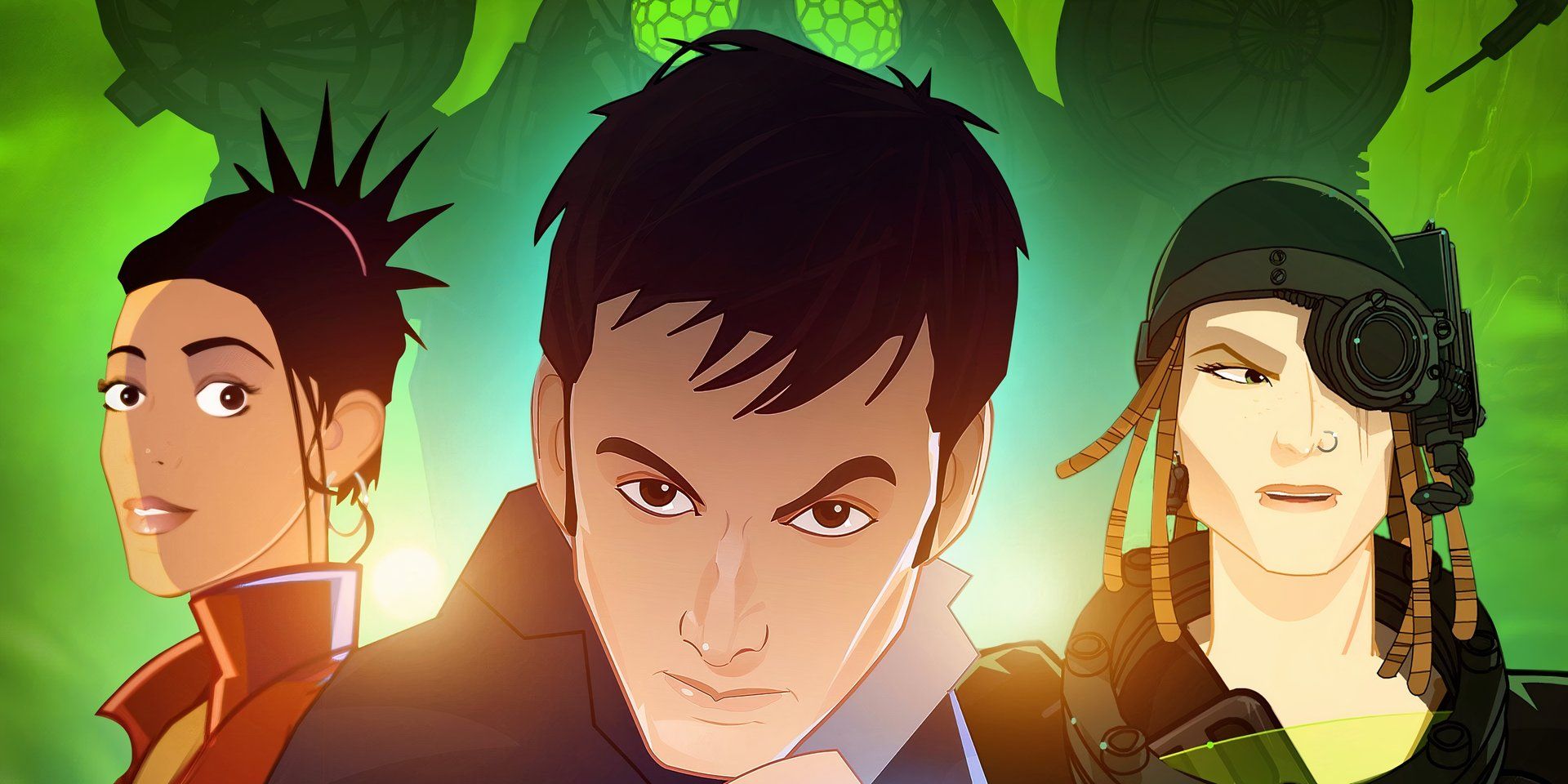
During the 2000s, when “Doctor Who” was off the air, the BBC released some animated webcasts as continuations of the sci-fi series. The first one uploaded was “Real Time,” aired in 2002, featuring Colin Baker as the Sixth Doctor and Maggie Stables as his companion Evelyn Smythe from the Big Finish audio dramas. This action-packed adventure revolves around the Doctor and Evelyn investigating the disappearance of two scientific teams on the planet Chronos.
“Real Time” boasts popular “Doctor Who” monsters, such as the Cybermen, and is notable for being the first story to depict the Sixth Doctor wearing his blue coat. However, fans were left hanging when “Real Time” ended with a cliffhanger, showing that Evelyn had been transformed into a Cyberman. Sadly, this thread was never resolved due to Maggie Stables’ passing and is unlikely to be revisited again in the future.
In a revival of Sylvester McCoy’s tenure as The Doctor, we have “Death Comes To Time,” a five-episode series that serves as a potential launchpad for a spinoff titled “The Minister Of Chance.” Here, The Doctor, along with his companions Ace and Antimony, strive to prevent the tyrannical Time Lord General Tannis from conquering Earth. This animated rendition of “Doctor Who” offers an exhilarating viewing experience, portraying the Time Lords at their most malevolent, causing destruction in the city of Annit and threatening London with bombings.
Notable aspects of “Death Comes To Time” include the Doctor’s enigmatic disappearance at the story’s end, as well as Ace’s transformation into a Time Lord. The story boasts several captivating moments, including the return of the Brigadier, with Nicholas Courtney delivering an exceptional performance in his role as The Doctor’s loyal friend.
Among the BBC webcasts, “Scream of the Shalka” stands out as particularly intriguing. Originally conceived as an official continuation for the television series Doctor Who, this production came before Russell T Davies’ revival. In “Scream of the Shalka,” we meet a character who journeys alongside an android version of the Master. This creation was made to honor Doctor Who’s 40th anniversary and follows the Ninth Doctor as he introduces himself to his new companion, Alison, and confronts the malevolent Shalka in the English village of Lannet. “Scream of the Shalka” offers an enjoyable animated take on Doctor Who, with standout performances from Richard E Grant and Sir Derek Jacobi that make for a captivating viewing experience.
The tale “Shada” from “Doctor Who,” which originally remained incomplete during the Tom Baker era, has been reimagined in various ways, one of them being animated adaptations. The initial animated rendition of “Shada” was produced for the BBC website and features the Eighth Doctor teaming up with Romana and K9 to thwart the villainous Doctor Skagra from releasing the prison planet Shada and stealing the mind of the infamous Time Lord criminal, Salyavin. This thrilling plotline creatively incorporates the fact that “Shada” was never finished as a key element by implying it was erased from the timeline. The original Fourth Doctor incarnation of “Shada” was eventually concluded for release in 2017, blending animation with pre-strike live-action footage to tell the story. The animation is vibrant and engaging, culminating in an exciting new live-action sequence featuring Tom Baker’s Fourth Doctor aboard the TARDIS.
I’m a big fan of “Doctor Who,” and among the most memorable animated adventures, “The Infinite Quest” stands out. This epic unfolded in 2008, with the Tenth Doctor and Martha Jones embarking on a mission to retrieve the lost spaceship, the Infinite, before the villainous Baltazar could get his hands on it. The narrative moves swiftly, packed with non-stop action.
Sadly, the Tenth Doctor’s subsequent foray into animation didn’t quite hit the mark. This time, he found himself in 1950s Nevada, where he fought to safeguard Rivesh Mantilax from the aggressive Viperox species and the U.S. military. The story had a lot of fun with its setting, even offering an explanation for the Men In Black within the “Doctor Who” universe. However, the cheap 3D animation left much to be desired.
Missing Episodes Have Been Recreated In Animation
Despite numerous “Doctor Who” tales vanishing from the archives due to the BBC’s decision to discard early 60s episodes between 1967 and 1978, a handful of these lost episodes have been re-created through animation. At first, only stories with two missing episodes were animated, such as “The Invasion” and “The Reign of Terror,” due to the high cost of animating more than just two parts.
In 2017, I was captivated by the reimagining of “The Power Of The Daleks,” which mirrored Patrick Troughton’s initial journey as the Doctor. This intriguing reconstruction offers a tantalizing peek into what his first serial might have been like. It allows fans to relive iconic scenes, such as the Doctor examining his new reflection in the mirror after regeneration. What made this production particularly engaging was the initial skepticism shown by Ben and Polly towards the Second Doctor, questioning whether he could truly be the “real” Doctor or just an imposter. This mirrored the doubts viewers had at that time, as they were unaccustomed to a Doctor’s regeneration and wondered if Patrick Troughton could convincingly portray the same character previously embodied by William Hartnell. Interestingly, this animated version has been quite successful, leading to other missing episodes being recreated in similar fashion, like “The Macra Terror” and “The Savages.
BBC Studios has dabbled with 3D CGI cartoons instead of the usual 2D animation for some of these adaptations. The pioneer of this change was “The Web Of Fear” Episode Three, which showcased the Doctor’s initial encounter with the beloved character, Brigadier Lethbridge-Stewart. Although it was a valiant effort, this animated episode drew significant criticism from fans, who found it “inconsistent” and the character likenesses “not exceptional.” In contrast, “The Celestial Toymaker,” which portrays the First Doctor and his companions’ encounter with the enigmatic Toymaker, was generally well-received, being described as “superior” to the previous attempt. Despite its flaws, the 3D animated rendition of “The Celestial Toymaker” effectively captures the story’s eerie atmosphere, emphasizing the Toymaker’s peculiar games and his strange domain. The Toymaker appears as a formidable menace, looming over the Doctor and his friends in one scene as he transforms into a giant, and the tasks he sets for his prisoners are bizarre, involving sentient toys and a precarious stepping stone game suspended high above a massive drop.
The animations for Doctor Who present fans with an innovative method to explore the Time Lord’s escapades. Whether it’s original stories or re-imagined missing episodes, these animations provide fans with a rare look into the Doctor’s space and time travels. Notably, “Lux” honors this aspect of the franchise by introducing Mr. Ring-A-Ding. As more Doctor Who episodes are animated, it seems that the show will continue to shine in its animated adventures.
Read More
- 50 Ankle Break & Score Sound ID Codes for Basketball Zero
- 50 Goal Sound ID Codes for Blue Lock Rivals
- Stellar Blade x Nikke DLC: Full Walkthrough | How to Beat Scarlet + All Outfit Rewards
- Stellar Blade Update 1.011.002 Adds New Boss Fight, Outfits, Photo Mode Improvements
- League of Legends: Bilibili Gaming’s Epic Stomp Over Top Esports in LPL 2025 Playoffs
- League of Legends: Anyone’s Legend Triumphs Over Bilibili Gaming in an Epic LPL 2025 Playoff Showdown!
- League of Legends MSI 2025: Full schedule, qualified teams & more
- Sony Doesn’t Sound Too Concerned About Switch 2, Even After A Record-Breaking Debut
- Lucky Offense Tier List & Reroll Guide
- Unlock All Avinoleum Treasure Spots in Wuthering Waves!
2025-05-02 00:36